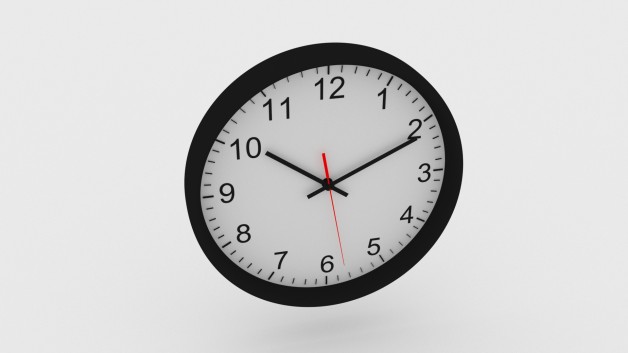
Indoor
Download Free 3D Models. Discover a diverse collection of free 3D models, perfect for projects ranging from game design to 3D printing. Whether you're searching for models of cars, vehicles, or architectural elements, we offer high-quality assets such as 3D models for print, free models for cars, and a wide variety of other 3D designs. Our library includes everything from free studio models to resources for sketching up detailed projects, catering to both beginners and professionals alike. Download detailed 3D objects for free and explore options for car modeling, 3D printing, and more. Enhance your designs effortlessly with our free 3D modeling resources. A clock is a device used to measure, verify, keep, and indicate time. The clock is one of the oldest human inventions, meeting the need to measure intervals of time shorter than the natural units: the day, the lunar month, and the year. Devices operating on several physical processes have been used over the millennia. Some predecessors to the modern clock may be considered as "clocks" that are based on movement in nature: A sundial shows the time by displaying the position of a shadow on a flat surface. There is a range of duration timers, a well-known example being the hourglass. Water clocks, along with the sundials, are possibly the oldest time-measuring instruments. A major advance occurred with the invention of the verge escapement, which made possible the first mechanical clocks around 1300 in Europe, which kept time with oscillating timekeepers like balance wheels. Traditionally, in horology, the term clock was used for a striking clock, while a clock that did not strike the hours audibly was called a timepiece; this distinction is no longer made. Watches and other timepieces that can be carried on one's person are usually not referred to as clocks.[6] Spring-driven clocks appeared during the 15th century. During the 15th and 16th centuries, clockmaking flourished. The next development in accuracy occurred after 1656 with the invention of the pendulum clock by Christiaan Huygens. A major stimulus to improving the accuracy and reliability of clocks was the importance of precise time-keeping for navigation. The mechanism of a timepiece with a series of gears driven by a spring or weights is referred to as clockwork; the term is used by extension for a similar mechanism not used in a timepiece. The electric clock was patented in 1840, and electronic clocks were introduced in the 20th century, becoming widespread with the development of small battery-powered semiconductor devices. The timekeeping element in every modern clock is a harmonic oscillator, a physical object (resonator) that vibrates or oscillates at a particular frequency. This object can be a pendulum, a tuning fork, a quartz crystal, or the vibration of electrons in atoms as they emit microwaves. Clocks have different ways of displaying the time. Analog clocks indicate time with a traditional clock face, with moving hands. Digital clocks display a numeric representation of time. Two numbering systems are in use: 24-hour time notation and 12-hour notation. Most digital clocks use electronic mechanisms and LCD, LED, or VFD displays. For the blind and for use over telephones, speaking clocks state the time audibly in words. There are also clocks for the blind that have displays that can be read by touch. The study of timekeeping is known as horology.
Tags:
wall , clock , time , alert , time , person , home , house , living , room , free , 3d , model , download
DOWNLOAD
FROM THIS CATEGORY
1084
FREE FILES
FOR DOWNLOADING
We’ll design for you new 3d models, for free!
Free 3d models
created by professional designers!